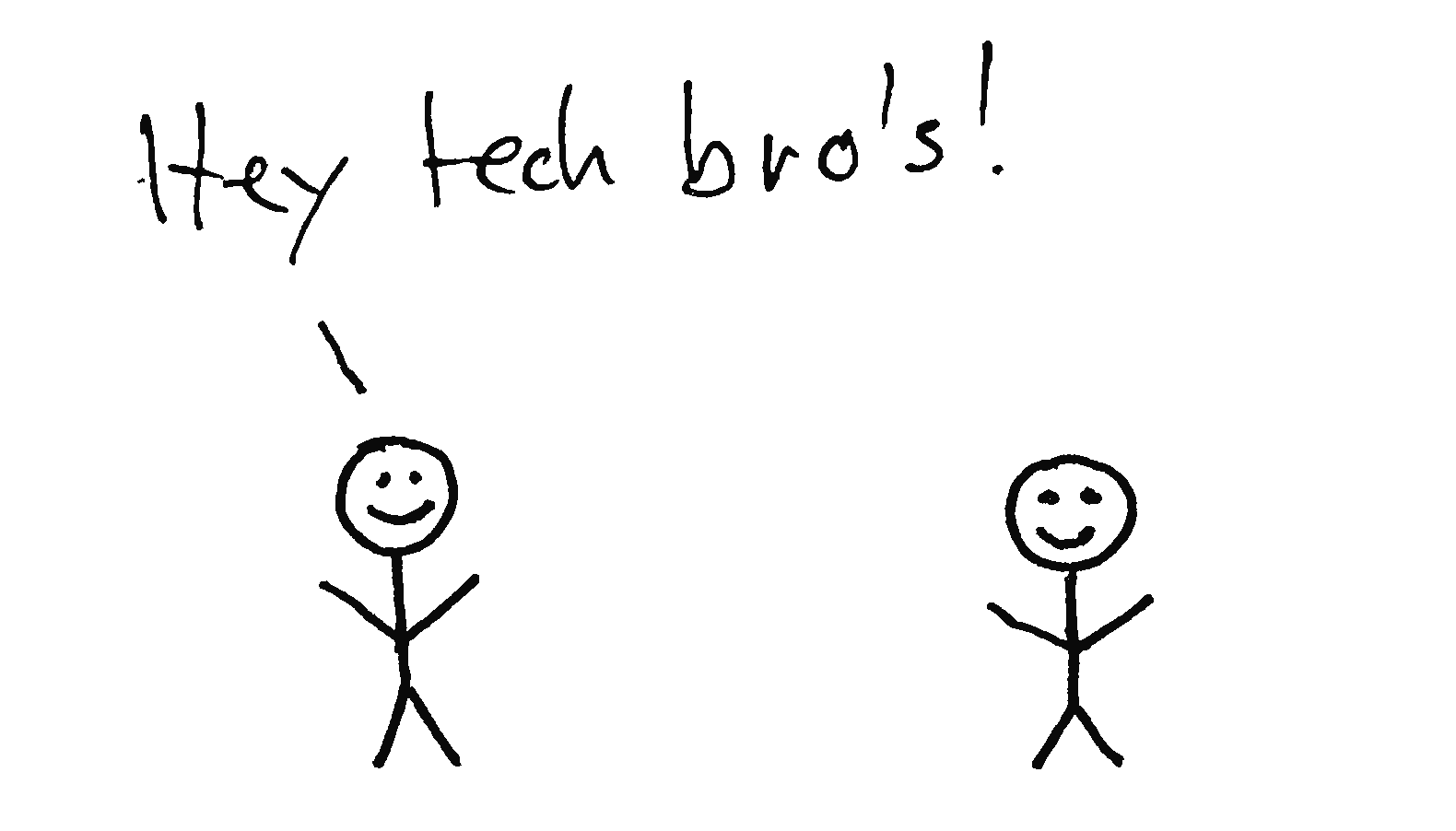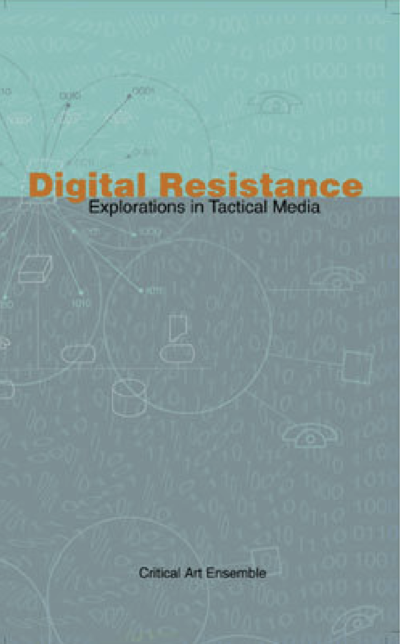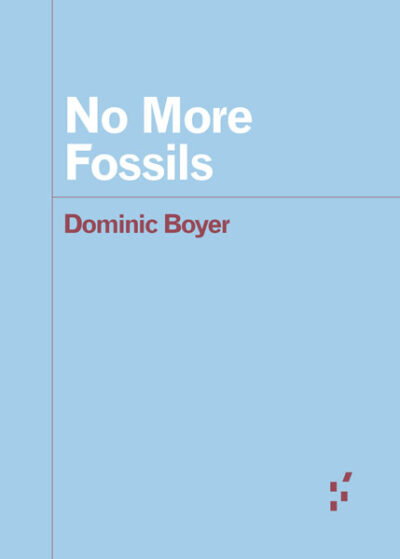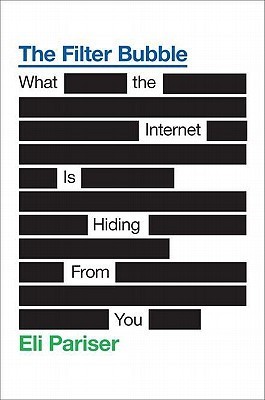https://designingfriction.com/
“A call for friction in digital culture
As designers, entrepreneurs and architects of digital culture we feel the urge to refocus how we want to deal with our digital futures. Designing Friction is a proposal to change the way we think when producing or interacting with digital technology.
…
PROPOSAL
A world headed for a frictionless reality begs the question: how can we create a desirable future with digital technology? How can we access, develop and relate to it? We like to see designing friction as a fundamental design principle when working with digital culture. Instead of following design ethics that strive to eliminate friction we suggest to not only allow, but embrace friction, facilitate it: design [products with] digital technology in a way that makes space for our humanness. Here friction is a core ingredient. Digital technology should create environments and situations in which we can truly connect with each other, as well as with the unknown, the uncontrolled, with all senses, all elements, all emotions. Create situations that are not calculated beforehand, predicted and measured; situations that result from and amount to the present moment.
Here are some ideas on what ‘designing friction’ might entail.
Discomfort
Embrace uncomfortable situations. In uncomfortable environments we can discover the richness and breadth of friction. Uncomfortable situations help you to feel structures you are not adjusted to, you can learn and discover. With friction we get immersed, we get creative, we get alive. Discomfort allows us to experience boundaries both physically and mentally (these are necessary and productive). Designing friction is exploring boundaries.
Time delay
Friction makes things slower and that is okay! The fastest response might not be the best one to design for. Instant gratification is what digital technology currently optimizes for. This results in the loss of desire, waiting and boredom. Avoiding boredom makes us pick up a device as soon as we have nothing to do. Being bored lets you start new fascinations. Boredom gets us into productive flow. When friction acts to slow things down it allows us to step into the now. Designing friction is fueling longing and desire, it allows boredom and allows for a slower pace.
Engage the body
When interacting with screens we lack resistance. Swiping screens makes our world more superficial. Human life gains depth when having thing-relations. Thing-relations tend to bring us together physically and create connections. Designing friction requires thinking about how to increase our resistance. How can we engage our hands and whole bodies? How can these bodily engagements bring us together?
Non-positive
Acknowledge the fulfillment in the non-positive. Today’s digital technology creates a society that is in ‘pursuit of happiness’, in awe of positivity. (As a counterweight of the negativity it produces?) Smoothness doesn’t injure. It doesn’t produce resistance. It enforces the Like. These mechanisms feed our desire for attention and being seen. Designing friction cherishes the non-positive, the ‘digital unseen’, the disagreement, the doubt, the vulnerable, the complicated. This is what makes us human.”
Door:
- Luna Maurer
- Roel Wouters
- Co-authored with Alexandra Barancová




